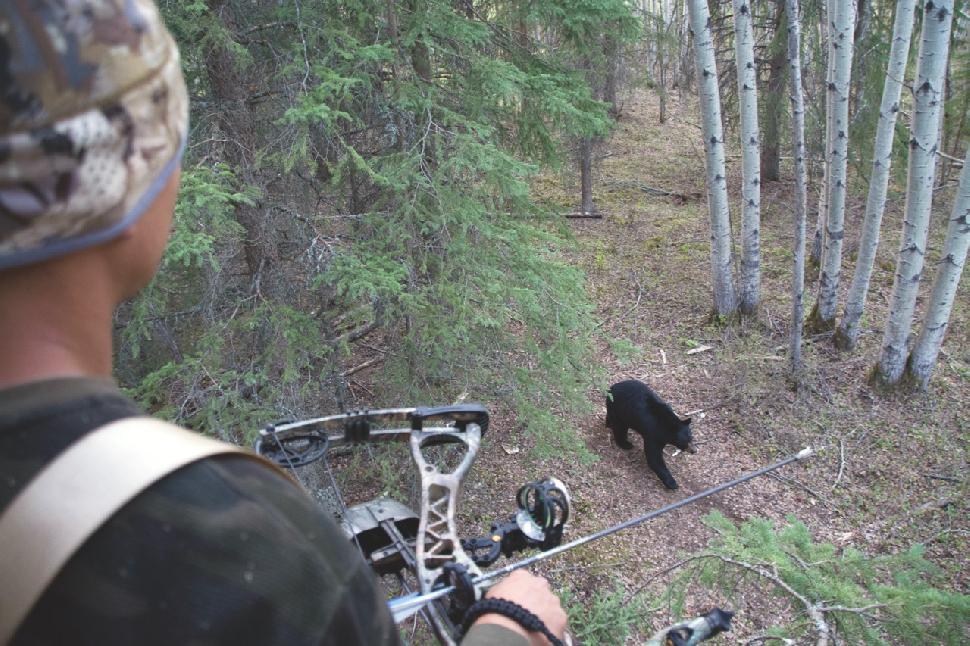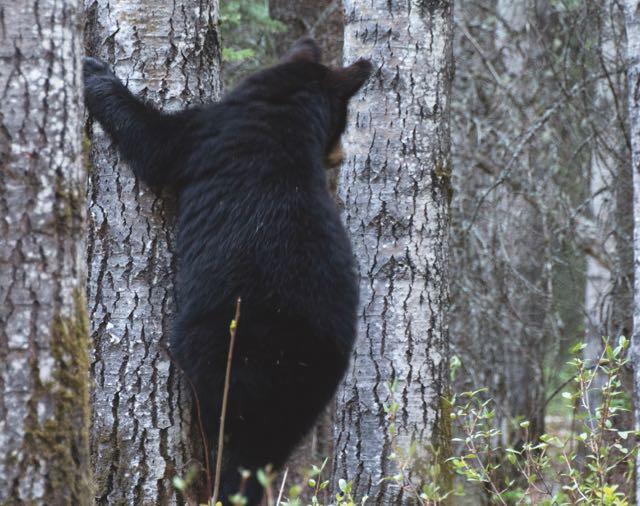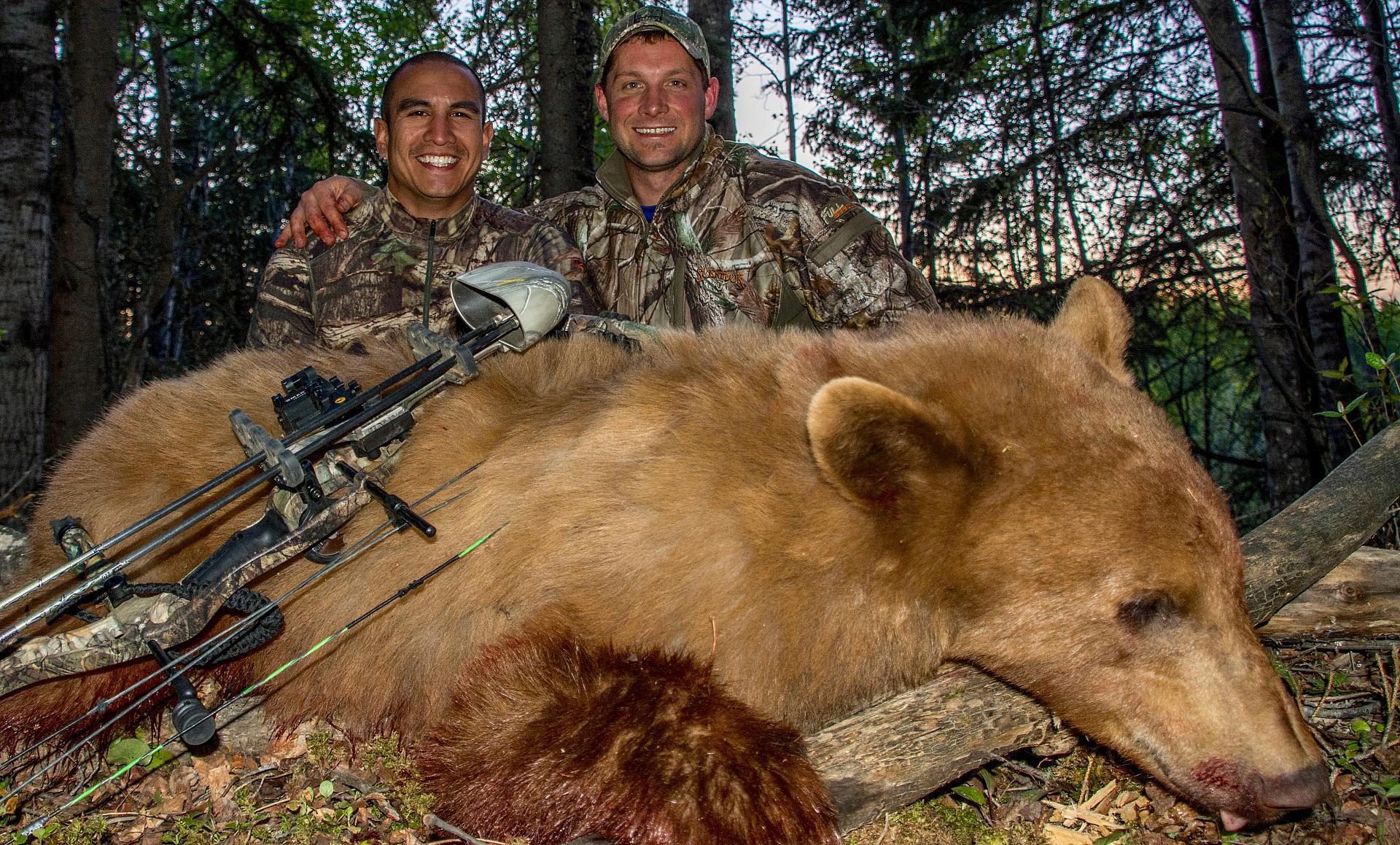BOARISH BEHAVIOUR
For Success with Big Boars, You Need to Read Their Mood
Advertisement

#4 Breeding
Later in spring as the bush transforms into a lush, green garden, the black bear rut kicks into high gear. In my region, that’s usually around the May long weekend. And if you’re hunting a large boar during the rut, there’s no better bait than a half-dozen female beauties dining at one location. During the peak of the rut, such a location will showcase some of most intense and exciting bear behaviours. Indeed, the dynamic can change quickly when another dominant boar appears. You’ll often see bears fighting for the right to breed, challenging the established social rankings.
Big mature boars are smart, wary creatures that seldom drop their guard, but during the rut, they can be less cautious while seeking sows in estrus. And alpha boars will travel many kilometres in search of hot sows. Although hunting over a bait site that’s frequented by sows in estrus sounds like a slam dunk, it can be quite frustrating. Even though they can smell the sows, mature boars may also be well aware of your presence, leading them to continually circle the site out of range. This behaviour can go on for hours, even days.
Advertisement
Once an alpha boar has bred a sow, he’ll move on in search of other sows at different bait sites, so encountering one of these trophies can require some luck with your timing. That’s why bait stations visited by multiple breeding sows are best—if you miss one boar, there are still plenty of opportunities for the hunter as more bears come in.
Hunting Tip
If you’ve got a boar circling and watching a hot sow at your bait site, he will eventually commit and come to her. Such a trophy-calibre bear usually has just one thing on his mind—to get in and get out with her as quickly as possible. So, the moment he makes his move, you must be ready to take the first ethical shot presented.

Must-know tip: Threat assessment
Black bears are normally shy, retiring predators with little or no desire to interact with humans, unless forced. That said, these are powerful creatures that can cause serious injuries if provoked. Like other animals, bears have what I call a “threat space”—if something encroaches into the space, the bear will either run away or respond aggressively. The size of the threat space is different for every bear and every situation.
Advertisement
Shy bears are easy to identify: they usually run away once they spot or sense you. In fact, most bears will retreat from a perceived threat, with younger bears or cubs also likely to climb a tree. With life experience comes knowledge, and large mature boars will also generally retreat from humans, but only because they’ve learned we can be dangerous. Younger boars, however, are less predicable, since they’re still gaining experience by testing different scenarios—and that can be nerve-racking.
Because spring bear hunting involves food, rutting animals and humans all in the same vicinity, the usual rules for avoiding interaction with bears in the wild don’t really apply. When restocking a bait station, I enter quickly, making loud noises so I don’t surprise any bears that may be around there. I also always have my bear spray or a short-barrelled rifle in hand for protection.
When entering bait sites, also be sure to look up for treed cubs. I learned this lesson after watching a bear dash away from a bait station as we drove in on an ATV. Once we parked and started unloading the bait, we noticed the bear wandering back, apparently unafraid of us. Then we looked up and spotted two treed cubs—we were between them and the approaching sow. It was not a good situation, but with bear spray in hand, we stood tall and yelled, keeping the bear at a safe distance until we were able to leave.

